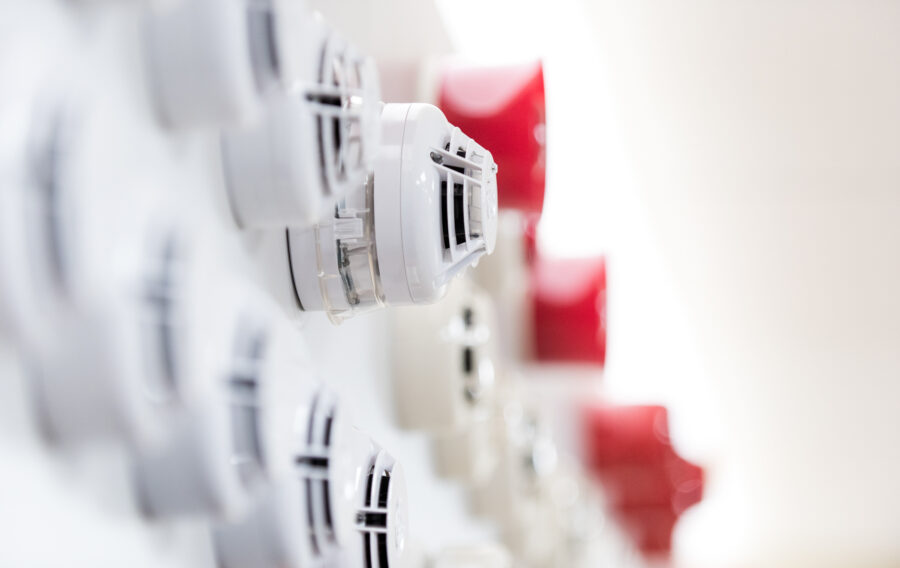POLICED, MONITORED INTRUDER AND HUA
As part of our commitment to our customers, we are continually looking to improve our services. We would like to use this opportunity to provide you with information regarding policed, monitored intruder and Hold Up Alarms (HUA).
In line with The National Police Chiefs’ Council (NPCC) there is an obligation on the part of the installer, maintenance company, customer, and the monitoring centre to employ all possible means to filter out false calls in accordance with BS 8473. The forces reserve the right to suspend companies who consistently exceed the force average.
For the purposes of these requirements, a false alarm is an alarm call from a compliant system which would normally be passed to the police and has not resulted from:
a) Criminal attack, or attempts at such, on the protected premises, the alarm equipment of the line carrying the alarm signal.
b) Actions by the emergency services in execution of their duty.
c) A call emanating from a Hold Up Alarm (HUA)/lone worker system made with good intent.
Intruder alarm systems with a Unique Reference Number (URN) (Policed response) will receive LEVEL 1 response until 3 false calls have been received in a rolling 12-month period.
Following 2 false calls in a rolling 12-month period you, the customer, will be advised in writing, informing them of the situation and recommending urgent remedial action.
Following 3 false calls in a rolling 12-month period, LEVEL 3 will apply and police response will be withdrawn. You, the customer, will be advised in writing. The monitoring company and Alarm Receiving Centre (ARC) will be instructed not to pass alarm activations to the police.
Upon response withdrawal, there are conditions that apply before police response can be reinstated; NPCC Section 3.2.4 (i) & (ii).

TIPS TO AVOID FALSE ALARMS
- The Intruder Alarm System (IAS) should only be operated by persons who have been correctly trained. If you need any assistance with training, please contact us and this can be arranged.
- Before leaving the premises check that all doors and windows are physically secured. A walk around the supervised area is the only effective way of doing this properly.
- Ensure detection devices are not obstructed. Be careful that infrared beams and movement detectors are not obstructed by stock or other items.
- If movement detectors are used, do not introduce sources of heat, movement or sound into the area supervised by these detectors without first notifying the alarm company.
- Always follow the entry/exit procedure agreed with the alarm company. Entry through any other door other than the one designated should be physically prevented. Switching off the IAS is always the first task on entry.
- Before entry, ensure that the means necessary to enter the premises and unset the IAS are known and available in a secure manner to the user.
- Ensure you inform the alarm company of any alterations to the premises which could affect the IAS. Don’t permit people other than employees of the alarm company to make changes to the IAS. Ensure the system is placed on test when building alterations are taking place.
- Treat the IAS with care. Wiring and detection devices can be accidentally damaged or moved. If this occurs, inform the alarm company immediately.
- Make sure regular maintenance checks are carried out by the alarm company and that you have the correct details for the alarm company and ARC. Remember, excessive false alarms can result in police response being withdrawn.
- Most IAS require a mains electricity supply. If the electricity supply to your system is disconnected for more than 4 hours, contact the alarm company.
- We will endeavour to work with you to investigate the cause of false activations to ensure your system remains fully compliant and your response is not withdrawn; collaboration is essential to ensure this is achieved.
To discuss your alarm system and the response, get in touch with our Customer Development Team today.
GET IN TOUCH





